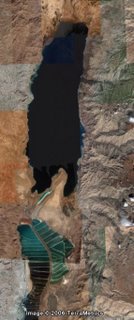The sifting of debris removed from the Temple Mount continues under the direction of Dr. Gabriel Barkay and Tzachi Zweig, and Haaretz provides the latest update from the work there. Many artifacts have been revealed in the project.
The oldest artifacts found are remnants of tools like a blade and scraper dating back 10,000 years. Some potsherds and shards of alabaster tools date from the Bronze Age – the 3rd and 2nd millennia B.C.E. (the Canaanite and Jebusite eras). Only a handful of potsherds were found from the 10th century B.C.E. (the reigns of King David and King Solomon), but numerous artifacts date from the reigns of the later Judean kings (the 8th and 7th centuries B.C.E.), such as stone weights for weighing silver.
The most striking find from this period is a First Temple period bulla, or seal impression, containing ancient Hebrew writing, which may have belonged to a well-known family of priests mentioned in the Book of Jeremiah.
Many other findings date from the Persian period (Return to Zion), Hasmonean, Ptolemaic and Herodian periods, as well as from Second Temple times. Second Temple finds include remains of buildings: plaster shards decorated a rust-red, which Barkai says was fashionable at the time; a stone measuring 10 centimeters and on it a sophisticated carving reminiscent of Herodian decorations; and a broken stone from a decorated part of the Temple Mount – still bearing signs of fire, which Barkai says are from the Temple’s destruction in 70 C.E.
The Hebrew version of the article also includes a photograph of a bronze pendant and Roman and Babylonian arrowheads.
For background on where this all came from, see the photos and explanation here.




